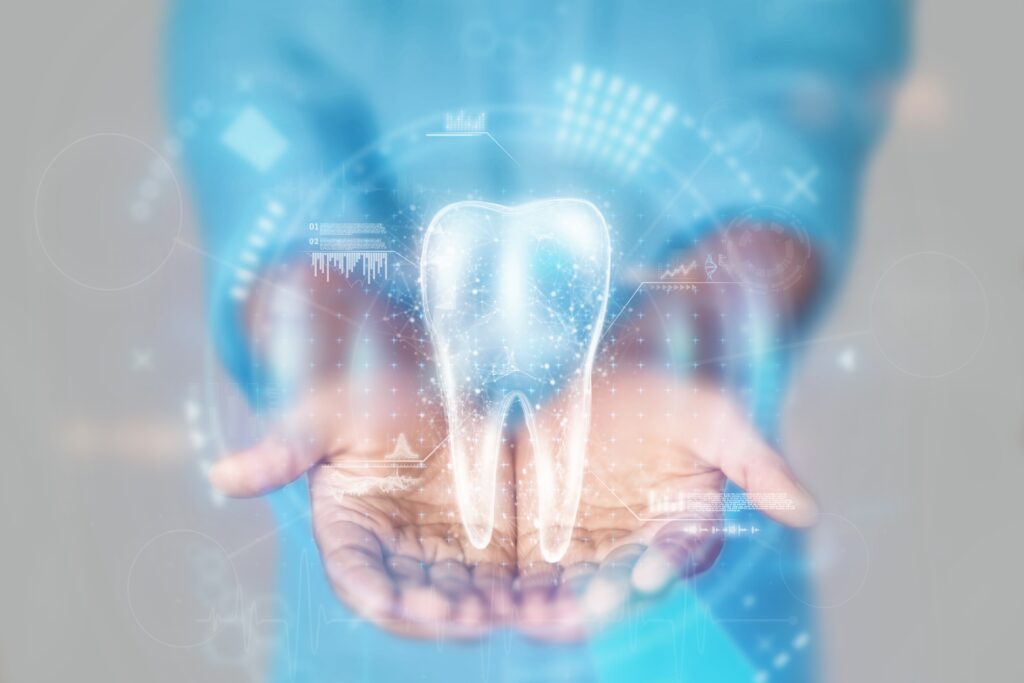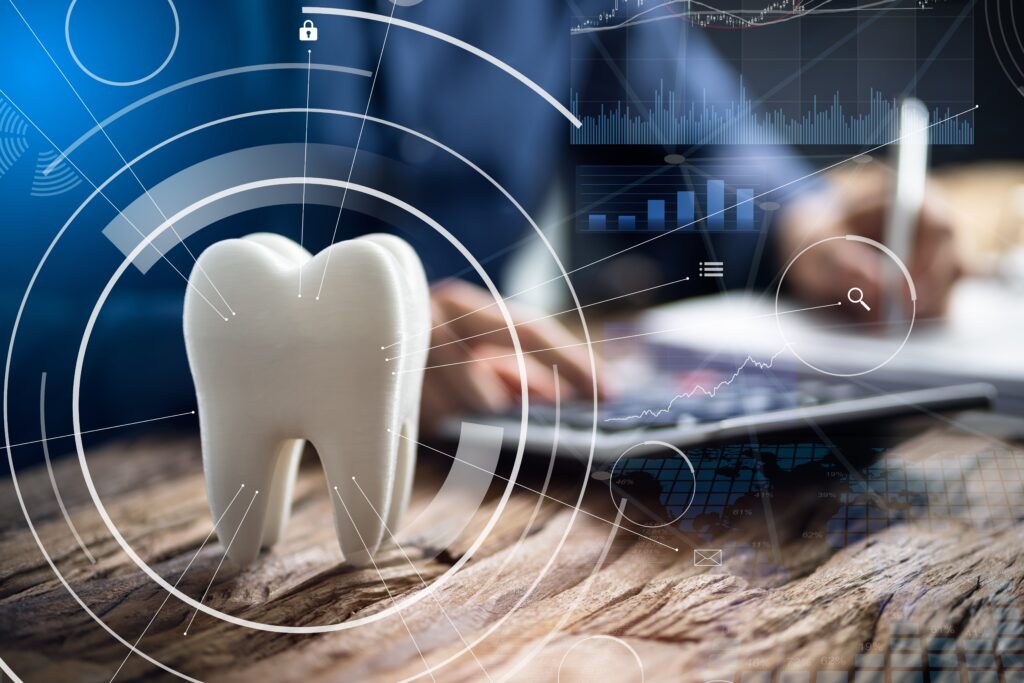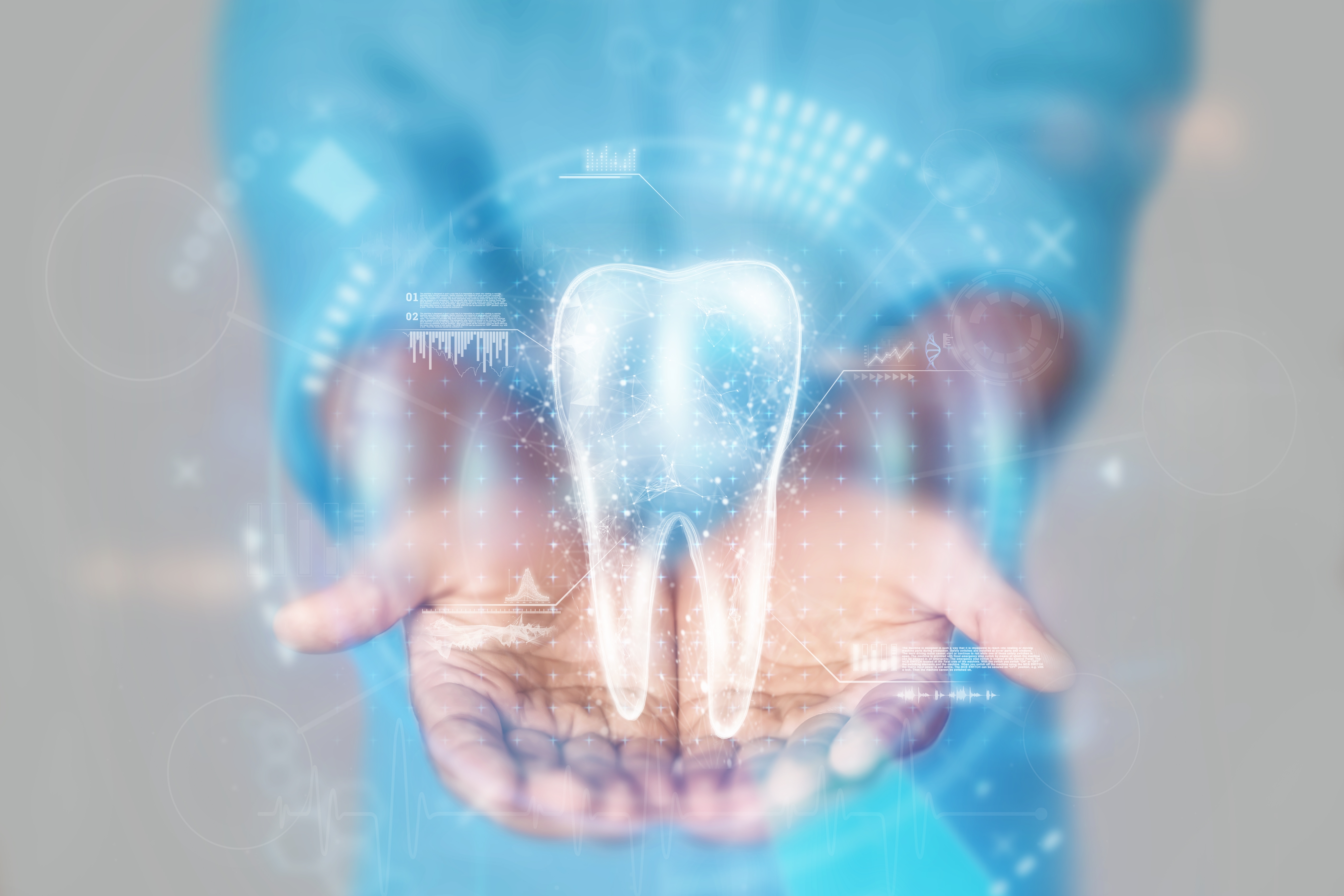
Artificial intelligence (AI) is changing the dental industry forever. It automates challenging tasks and gives way to challenging insights previously difficult to uncover. Thanks to new AI technologies, dentists are seeing better diagnoses, innovative treatment plans, and customized care. AI development has brought in systems that act like human intelligence. This helps dental professionals to understand data better and find new ways to improve patient care. With AI improving different parts of dental care, dentists can now provide faster and more efficient results.
The Rise of AI in Dentistry
The journey of developing AI in dentistry has seen many significant milestones. Early work in image recognition allowed AI systems to spot dental issues very accurately. This improved how well dentists can diagnose problems. For example, neural networks that learned from many dental X-rays quickly improved tools used to find cavities, gum disease, and root fractures.
Machine learning pushed diagnostics even further by guessing dental issues based on a patient’s history and lifestyle. These AI-based guesses help dentists create treatment plans that fit each patient’s needs and improve care.
Recent breakthroughs in deep learning have changed how radiographic analysis is done. Now, the results are sharper and more detailed. AI’s growth in dentistry goes hand in hand with the rise of technology in healthcare. This means that there will likely be more innovation and improved efficiency in clinical care.
AI Technologies Transforming Dentistry
Advanced AI tools, like computer vision and neural networks, are changing dental practices. They are great at examining complicated data, which helps in making better diagnoses and tailored treatments. For instance, deep learning models can quickly spot oral diseases with very few mistakes.
Machine learning systems also have a significant effect. They provide smart predictions to help prevent diseases and improve patient care. As technology keeps advancing, AI is finding new solutions in dentistry. These solutions improve precision, connection, and access for both patients and doctors.
Image Recognition and Analysis in Dental Radiography
AI-powered image recognition tools have changed dental X-rays. They use computer vision and neural networks to look at images very closely. This helps find problems that dentists can’t see with the naked eye. Now, dentists can spot early signs of diseases before symptoms show.
Neural networks that are trained to identify images can analyze dental X-rays very accurately. These AI systems use smart learning methods to find issues ranging from weak bones to cracked fillings quickly. This technology helps in speeding up tests and making them more accurate.
With AI doing the hard work of analyzing X-rays, dental practices have gotten faster, and patient outcomes are easier to predict. Computer vision tools keep getting better and work well with dental equipment, giving dentists a detailed look at what they need to know, just a touch away.
Natural Language Processing for Patient Records
Natural language processing (NLP) is changing how dental clinics manage patient records. It helps read, organize, and summarize large amounts of data. This makes it easy to find patient information for dental treatments.
With advanced language processing, errors in managing records can go down. NLP can find mismatches in patient histories or treatment plans. This allows dental professionals to evaluate patient cases accurately and create personalized care plans that fit their needs. AI models make sure that data is safe and processed quickly.
By using NLP systems, dental offices improve efficiency and patient safety. These models help streamline operations, making it easier to share records between departments. As natural language processing keeps evolving, it will play an even bigger role in improving processes, which will help raise the standards of patient care.
Comparative Analysis: AI vs. Traditional Methods
AI systems are changing dental care by making diagnostics and treatments more accurate and efficient. Unlike traditional methods that depend on human intelligence, AI applications use deep learning and image recognition to analyze large amounts of data. This helps find patterns that might be missed when looking with the naked eye. For example, machine learning algorithms can help diagnose conditions using predictions, offering more precision than old methods. Because of this, dentistry is experiencing a significant change. AI is helping to improve decision-making and patient outcomes all around.
The Patient Experience and AI
AI is changing how patients experience dental care. It fits well into dental practices, making communication and learning better. Tools like virtual assistants and chatbots use natural language processing to answer patient questions quickly. This helps patients feel clear and confident about their care.
Also, technologies like virtual reality give patients fun ways to learn about their treatments. This makes procedures easier to understand and helps reduce fear. The good results of AI show in patient happiness. Personalized conversations build trust and make tasks easier for staff. By using AI, dental practices can offer a great experience that focuses on care and builds strong relationships.
Virtual Reality (VR) and Patient Education
Immersive experiences made with virtual reality (VR) have changed how patients learn about dental care. This technology helps patients see their oral health, the steps of treatment, and the results in a way that old methods cannot. By showing how procedures work, VR helps patients understand their treatment better. This can ease worries and make them more involved. As a strong tool for dentists, VR teaches and empowers patients. It helps them make better choices and feel more satisfied with their care. These new ideas show a hopeful change toward better patient communication and knowledge in dentistry.
Impact of AI on Patient Satisfaction and Trust
Using advanced AI tools in dentistry improves clinical results and makes patients happier and more trusting. With predictive analytics and personalized care suggestions, patients get treatment plans that fit their specific needs. This helps create a partnership in their healthcare. AI-powered virtual assistants make communication smoother and ensure patients get timely information and help. This kind of engagement raises satisfaction levels. Patients feel valued and understood during their treatment, which builds their trust in dental practices that use these modern technologies.
New advancements in dental AI are set to change how dental professionals take care of their patients. With better deep learning and generative AI applications, more advanced diagnostic tools are on the way. These tools will help create accurate treatment plans. New technologies will use a lot of real-time data to create personalized care strategies, making the patient experience better. Also, cloud computing and machine learning algorithms will help integrate AI systems into everyday practices. This will enable dental professionals to improve their decision-making and make procedures easier. These future trends will help set a new standard in dental care.
Learn More About AI in Dentistry

The impact of AI on dentistry is clear. It brings new ways to improve patient care and treatment options. By using advanced technologies, dental workers can create better treatment plans and make more accurate diagnoses. The blend of AI systems with traditional practices makes the experience better for patients, building their trust and satisfaction. As more dental offices start to use AI tools, they achieve greater efficiency and effectiveness. This leads to better health results for patients. Schedule a consultation with one of our marketing experts and learn more about AI’s impact on dentistry.
